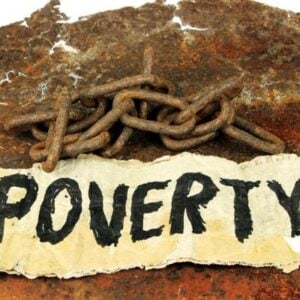Southwest China’s Yunnan Province recently hosted the 2025 International Forum on Poverty Governance and Global Development. The event brought together approximately 300 international delegates, including diplomats, policymakers, and development experts from 34 countries and organizations, to explore China’s poverty reduction strategies and their implications for global development.
Key Takeaways
- China’s success in poverty reduction offers valuable insights for global poverty governance.
- The forum emphasized the importance of rural revitalization and balanced urban-rural development.
- Critiques of current global poverty metrics highlight the need for more realistic thresholds.
- China’s state-led development model is presented as an alternative to neoliberal approaches.
Global Poverty Governance and China’s Role
The 2025 International Forum on Poverty Governance and Global Development, held in the Nujiang Lisu Autonomous Prefecture, focused on the theme "Together Promote Rural Revitalization and Common Development." This annual event, co-hosted by the Yunnan provincial government, the China Public Relations Association, and the China International Communications Group (CICG), serves as a platform for international cooperation and the sharing of development experiences. Participants discussed how China’s expertise, particularly in poverty reduction, can inform global strategies.
Rethinking Poverty Metrics
While global poverty has seen significant reduction, with extreme poverty falling from 38% in 1990 to around 8% today, a critical perspective on the metrics used by institutions like the World Bank was presented. The current international poverty line of $2.15 per day is argued to be too low, failing to account for the true cost of basic human needs and inflation. This inadequacy can lead to a false picture of progress, leaving millions deprived despite technically being above the poverty line. A revised threshold of $7 per day, for instance, would reveal that nearly half of humanity remains trapped in extreme poverty. Furthermore, data collection challenges, particularly in fragile states, and the exclusion of certain populations from these metrics, undermine the reliability of current assessments.
China’s Development Model: A Contrast to Neoliberalism
The forum also delved into the effectiveness of different development models. China’s approach, characterized by significant state intervention, protectionism, and targeted poverty-alleviation programs, has lifted nearly 800 million people out of extreme poverty in the past 40 years. This state-led strategy is contrasted with neoliberal policies, which, while sometimes leading to poverty reduction, have often done so more slowly and with greater social costs, as seen in examples from India and some African nations during the 1980s and ’90s. The 2008 financial crisis is cited as a moment that prompted many neoliberal countries to reconsider the risks of unfettered free markets and the importance of state intervention in social protection and industrial policy.
Rural Revitalization and Sustainable Development
The forum highlighted the critical role of rural revitalization in achieving modernization and balanced development. Nujiang Lisu Autonomous Prefecture itself served as a case study, demonstrating how targeted poverty alleviation strategies have transformed a region once plagued by extreme poverty due to its challenging geography. Discussions also covered integrated agriculture-culture-tourism development, green transformation, and digital empowerment as key dimensions of sustainable rural development. The sharing of China’s poverty alleviation experience was emphasized as a contribution to accelerating progress toward the UN’s 2030 Sustainable Development Goals.
China’s Role in Global Poverty Reduction and Development
- China, the World Bank, and the truth about global poverty, Aeon.
- Forum shares insights on global poverty governance, development-Xinhua, Xinhua.






